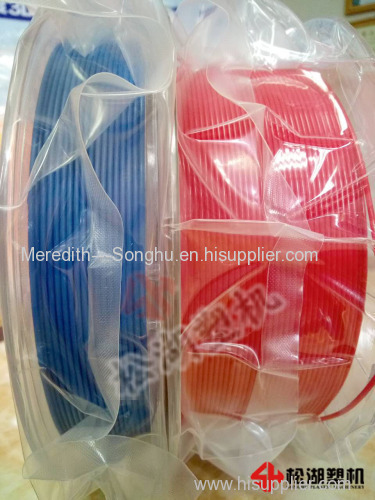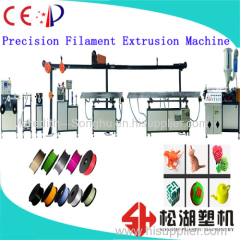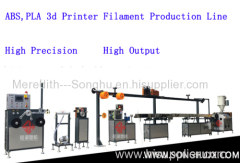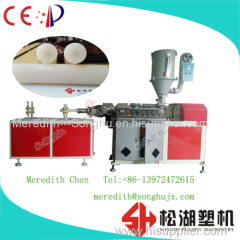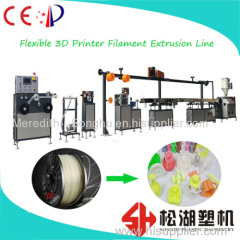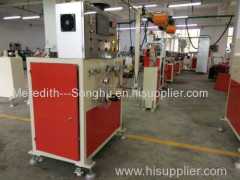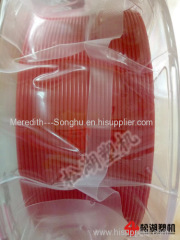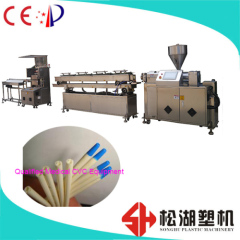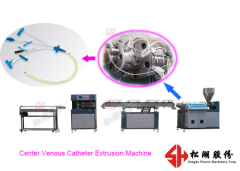|
Dongguan Songhu Plastic Machinery Co.,Ltd
|
1.75/3.0 mm 3D Printer Material Orderly Winding Colorized 3D ABS/PLA
| Price: | 10.0 USD |
| Payment Terms: | T/T,T/T |
| Place of Origin: | Guangdong, China (Mainland) |
|
|
|
| Add to My Favorites | |
| HiSupplier Escrow |
Product Detail
1.75/3.0 mm 3D Printer Filament Orderly Winding Colorized 3D ABS/PLA
1.75/3.0 mm 3D Printer Filament Orderly Winding Colorized 3D ABS/PLA
3D printer filament
Diameter:
There are two common diameters of 3D Printer plastic filament, 1.75mm and 3mm. Your Personal 3D Printer is likely to use one of these. Each printer (or to be more specific, each extruder) is designed to work with one diameter of plastic filament and will not work with the other. Check your printers listed specifications or documentation to see which it uses. If you can't find any indications of the diameter in those places check forums and user groups for the information, or ask there if you still can't find it. If your printer came with some filament, you can also measure the filament to determine which of the two it is.
Some printers may use proprietary diameters that are slightly different from above. As above, read up to make sure your printer can use filament from suppliers other than your printer manufacturer. Likewise, if you're shopping for a printer right now, make sure to buy one that uses standard materials so you have more choice when it comes to suppliers (which also gives you access to more materials, colors, etc.), or at least make sure there is a good technical reason for the proprietary diameter besides just locking you into the brand.
Material:
There are several materials available to print with. In general, the question for a new user usually comes down to ABS vs PLA. These are the two most common materials used in Personal 3D Printers. Each have distinct characteristics. The main deciding factor between ABS and PLA is probably going to be personal preference, though there are some limiting factors on each printer that may make one preferable to use over the other.
Here is a quick reference table of some of the differences between ABS and PLA. The details of each of these points can be found later in this post.


ABS | PLA |
Extrude at ~225 ℃ | Extrude at ~180-220℃ depending on grade |
Requires heated bed | Benefits from heated bed |
Works reasonably well without cooling | Benefits greatly from cooling while printing |
Adheres best to polyimide tape | Adheres well to a variety of surfaces |
Filament tolerances are usually tighter | Finer feature detail possible on a well calibrated machine |
Prone to cracking, delamination, and warping | Prone to curling of corners and overhangs |
More flexible | More brittle |
Can be bonded using adhesives or common solvents (Acetone or MEK) | Can be bonded using adhesives |
Fumes are unpleasant in enclosed areas | More pleasant smell when extruded |
Oil Based | Plant Based |

